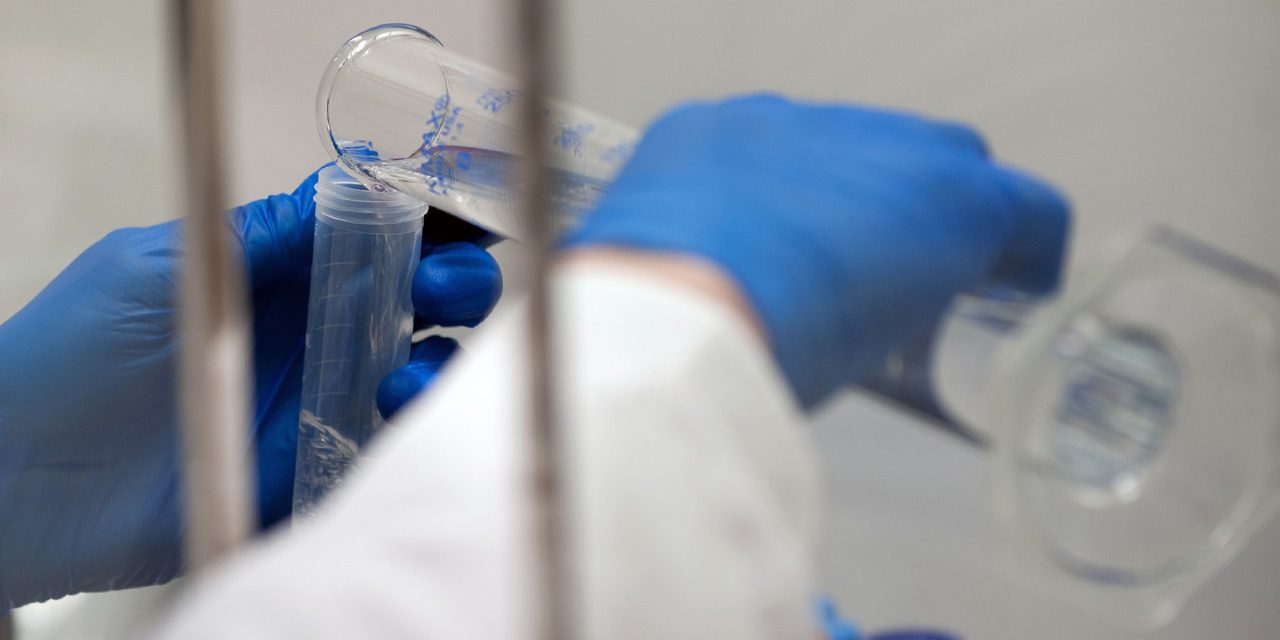As a Research and Development Chemist at dentisan, I’d like to tell you a bit about what I do and what it’s like to be an integral part of a real scientific team developing infection prevention products for the dental profession.
I was always really interested in science at school and had plans to do A levels in Chemistry, Biology and Maths, but when a vacancy arose at Quadralene, the parent company of dentisan, it seemed like too good an opportunity to miss, and I’ve never looked back.
The company supported me through further education and, ultimately, I got my BSc in Applied Chemistry through a day-release scheme.
My job day to day is very broad, and I love the variety. A big part of the job involves bench research for the development and testing of products – we continually test and re-test all dentisan’s products to verify their efficacy. I also spend a lot of time on product classification work, health and safety, and producing data sheets and label text that meets dental regulatory requirements. One area that really interests me is developing manufacturing methods that best ensure consistent quality control of all the products we produce at dentisan.
New products
I love getting involved in the initial stages of product development. Some products are initially commercial concepts, whilst others are driven by the technical department because we can see a use for a technology or can see that a product is being used in a wider healthcare environment and would make an easy and useful transition into dentistry.
In my department, we get involved in the whole lifecycle of the product. We conceive the idea, develop the product, research and test it – the whole process from concept to commercial production is part of our remit. We also offer customer support once products are in the market as well. The variety of my job is what makes it so fascinating.
We undertake a range of tests on products during development. For medical devices, the tests are rigorous. For CE-marked products, and particularly for the Class 2-marked products, we have to gather a lot of evidence to support all our claims. For instance, although labelling would be considered one of the last steps before a product is launched, it’s impossible to write the label text at the end of the process because if a claim is to be made on the label then we need to have evidence to support it. Depending on the claim, a simple test or series of tests spanning several months might be required, all of which needs to be considered before the project begins.
Infection control: Healthcare to Dental care
I sometimes wonder if there are any areas of infection control that are applied in healthcare environments that could be introduced to dentistry, but I’ve found that most of the areas have already been incorporated. Of course, hand hygiene was a big thing at one time, but that’s now been integrated into HTM 01-05.
Last year HTM 01-01 was revised, establishing a moving towards a residue limit for proteins that goes beyond swabbing. Now this has been established in a wider healthcare environment, I imagine that the next version of HTM 01-05 might start to align itself with this. Experience tells us that compliance that gets absorbed into acute medical care will eventually work its way into dental guidance.
Whatever happens, dental professionals can be sure that we are keeping ahead of the game to supply products that work and fully comply with all the relevant regulations.
Laura Yates is a Research and Development Chemist at dentisan. Laura’s blog will appear regularly on the dentisan website – www.dentisan.co.uk.







